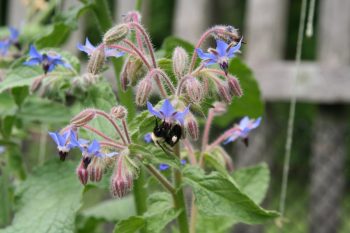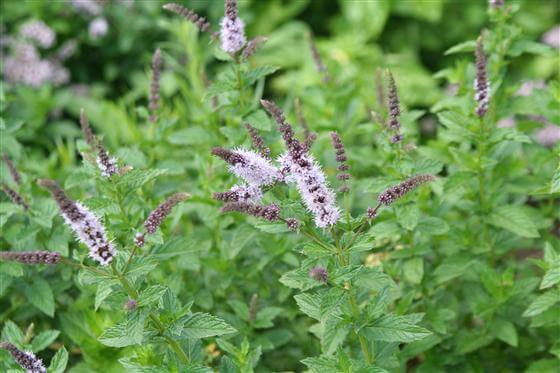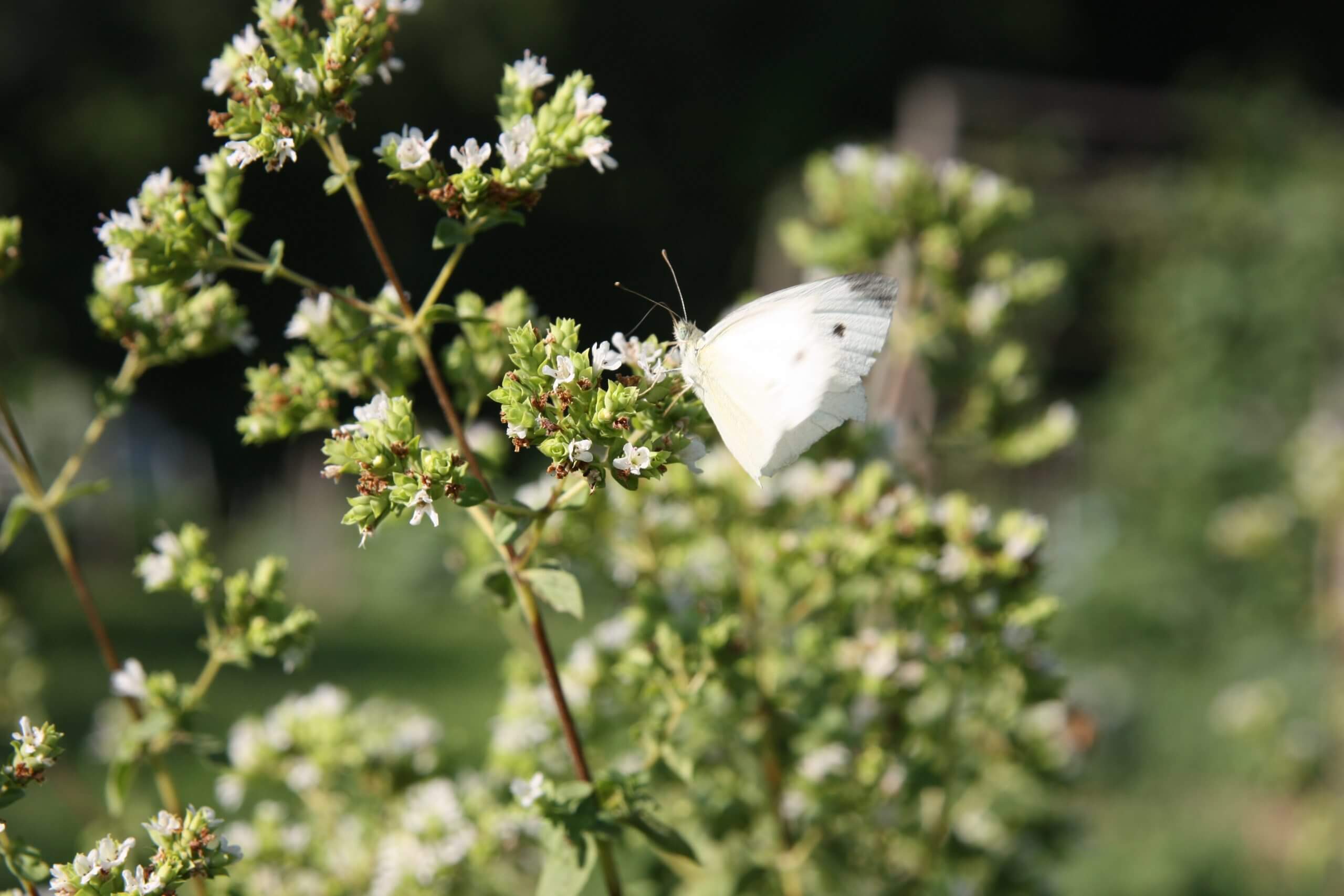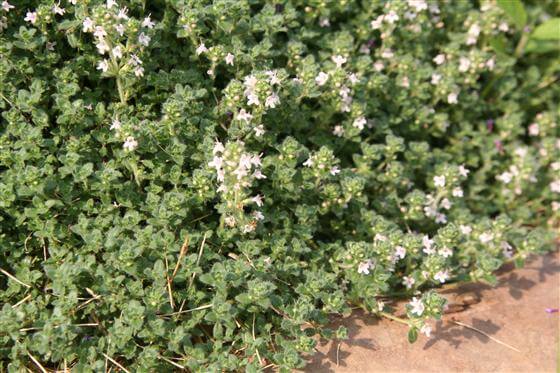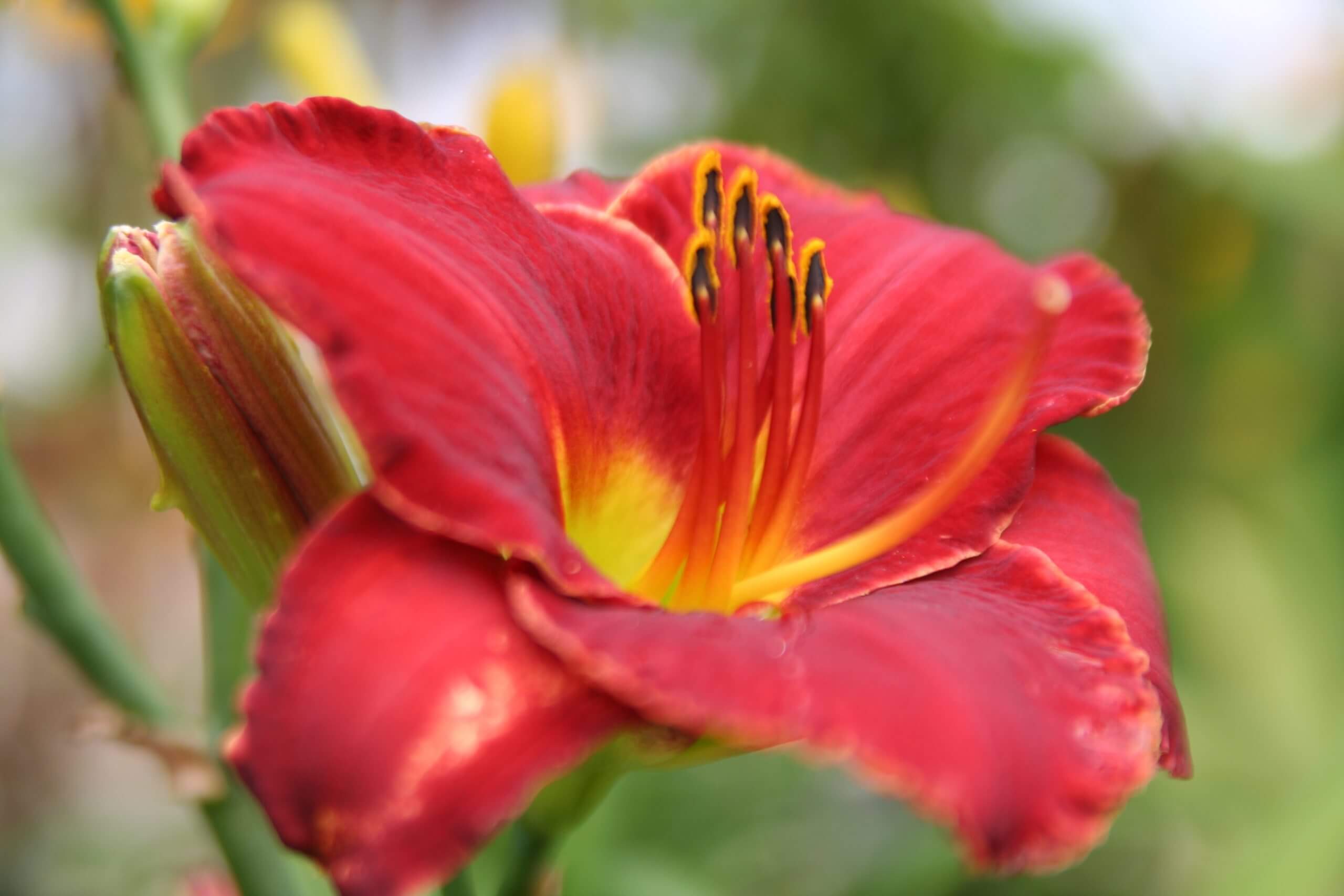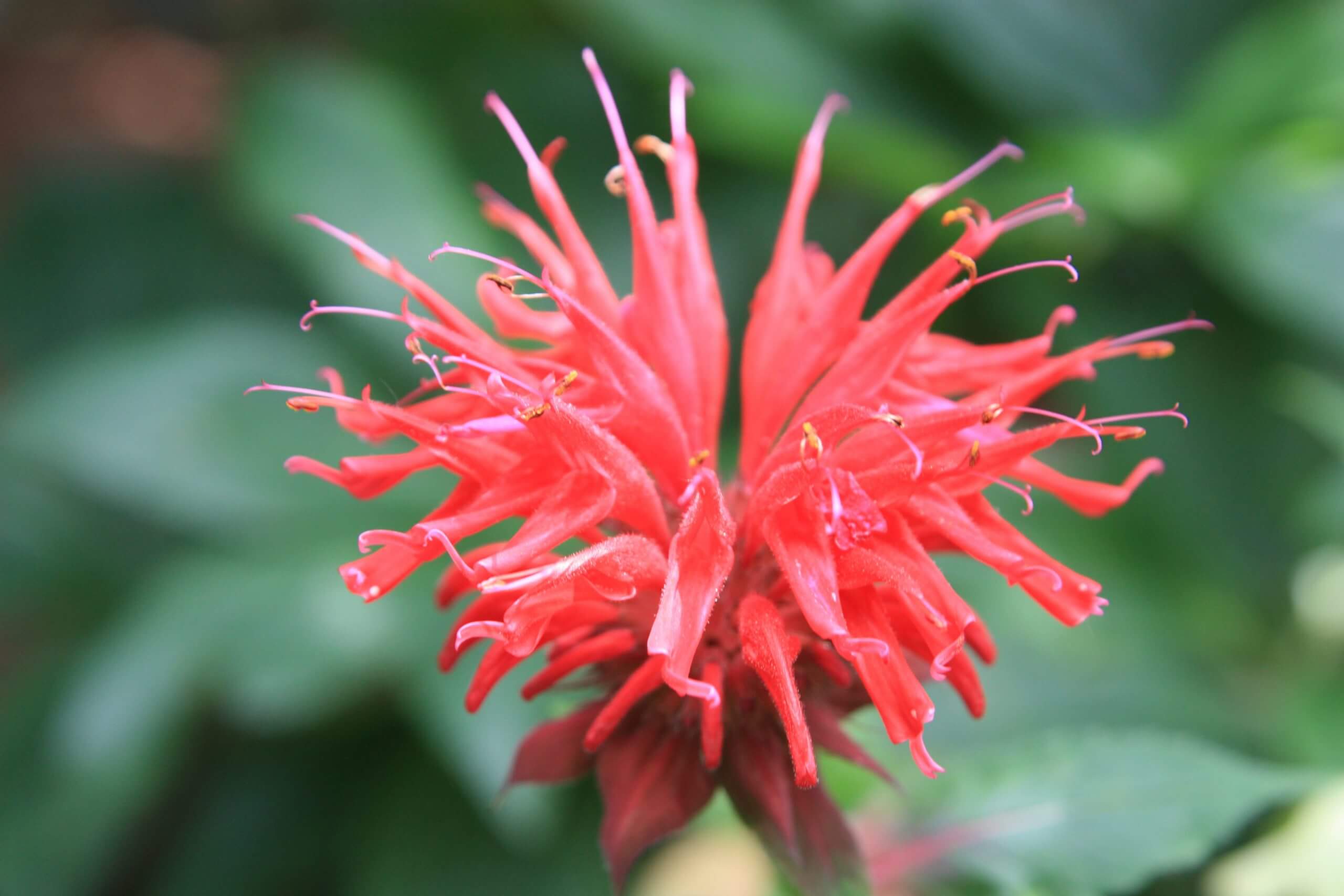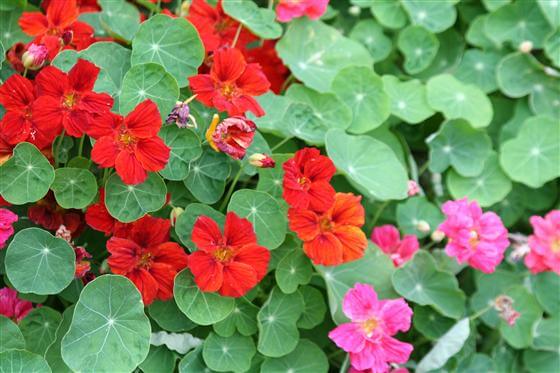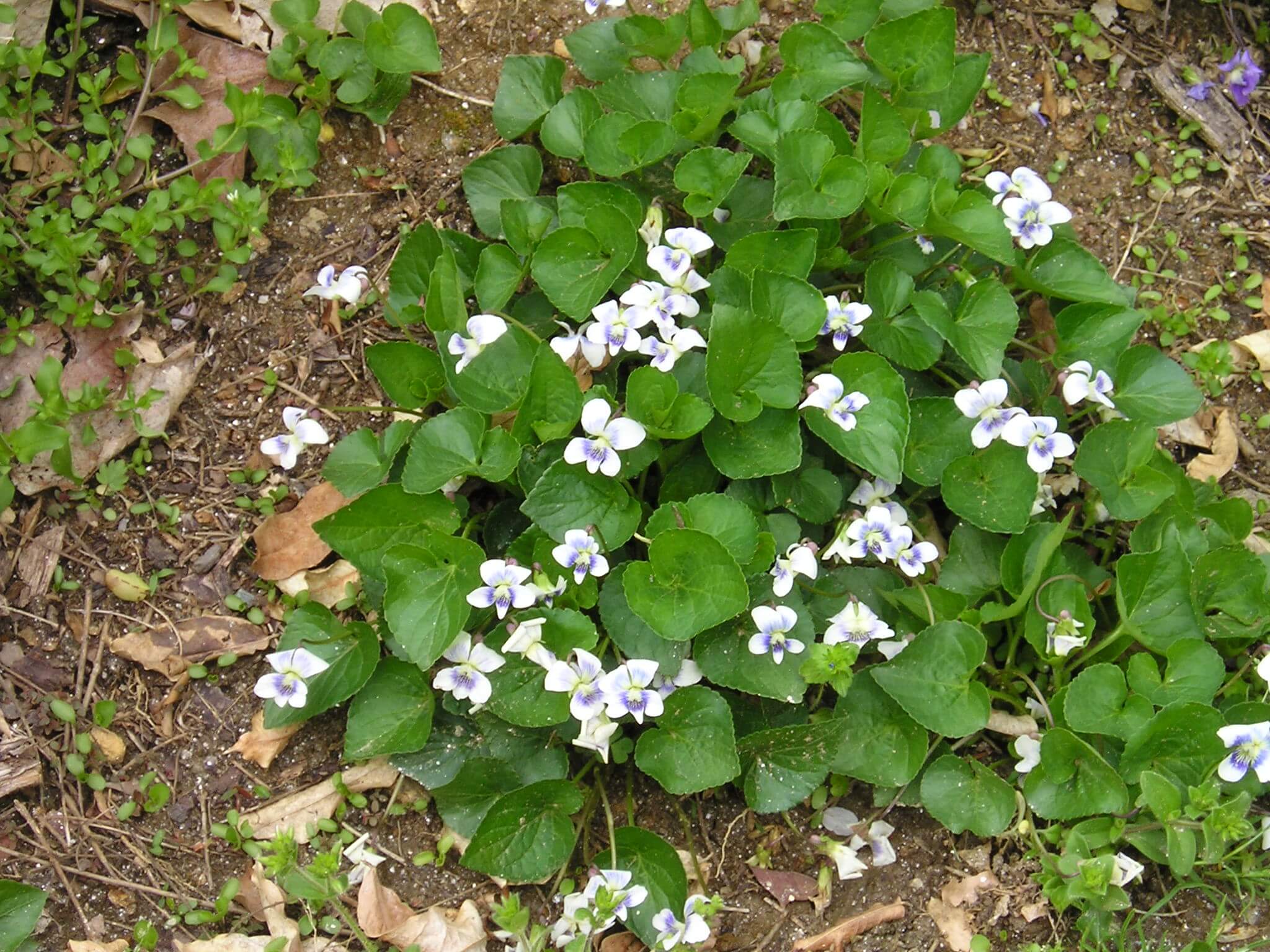Good pruning and harvesting techniques will keep your basil looking and tasting great all season. Here’s the right way to do it.
Tag: herbs
One-Pot Herb Garden – Anywhere!

Fresh-from-the-container culinary herbs turn a New York loft, a Chicago studio, or a Los Angeles condo into flavor central. Nothing is quite like fresh mint in your mojito, just-picked basil on a mozzarella sandwich, or cilantro in your salsa. No store-bought herb carries this intense flavor, because once cut, the essential oils immediately begin to lose pungency. Cut and eat immediately, and you’ll find intense herbal resonance in every dish you make.
In a single good sized pot or any other repurposed vintage container, it’s possible to plant a garden of culinary herbs today and start tasting in just a matter of weeks.
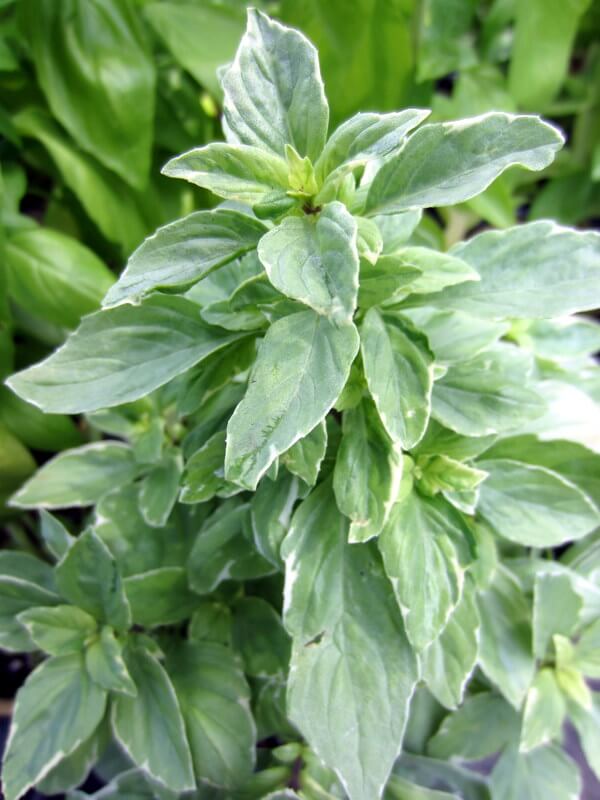
Choosing the Right Herbs
Blending the right herbs that share similar preferences makes care and watering a snap. Most herbs need direct sun, so choose a bright planting spot, such as a fire escape, a window box, a terrace, or balcony. Just beware of direct exposure to the heat of intense afternoon sun, and be sure to water heavily on a daily basis at the height of summer.
In cities like Chicago, winds whip through downtown creating challenges for rooftop gardens and other plants exposed to such conditions. As we approach summer, the wind combines with the hot sun, causing herb garden to struggle for moisture. It dries herb’s tender, oil-rich leaves if moisture is inadequate.
Choosing Potting Soil
Thanks to the amazing ability of Black Gold Moisture Supreme Container Mix, contained herbs will stand up to the rigors of urban life without fail. This amazing moisture-holding potting soil ensures that when your pot heats up, your plants don’t suffer wind damage due to the strengthening effects of RESiLIENCE®. Despite its absorptive qualities, this potting soil also provides adequate drainage to ensure there’s plenty of oxygen in the root zone.
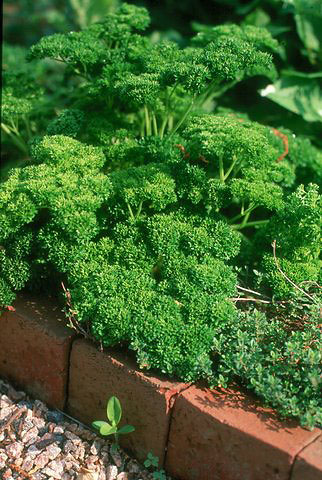
Annual Herbs
An annual herb garden typically features two popular summer plants: cilantro and basil. Both are annuals grown fresh from seed each year and mature into large plants. These blend perfectly with chives for a triad of often used and delicious foliage. If perennially nipped and cut, they remain small for a time, but with rising heat and extended days, they will stretch out to flower and their flavor will become stronger and less palatable.
Perennial Herbs
The second group is the smaller, long-lived perennial herbs sized for a grand herb pot. In-ground gardeners treat these as landscape plants, enjoying new growth and harvest each year without replanting, though overwintered plants may lose verve and require some replacement in the future. Key to success is growing the right herbs that won’t become too large over the season. Start with those you use most often and organize them in pots by form with spreaders around the edges and upright herbs toward the center.
Thyme is one of the best cascading herbs that will spill over the edge of the pot, buying room for more upright plants in the center. Oregano is spreading too, but since this herb is so often used in the kitchen, it manages to retain a modest size from frequent pinching. Sage is very slow growing and loves the sun, so place this fuzzy-leaved fellow on the hot side of the box. The same is true for creeping groundcover rosemary that spills off the face of the box. Plant purple fennel in the center for an incredible bronze-colored haze that yields lots of anise-flavored cuttings for cooking and baking.
Everyone can dive into herb gardening no matter where they live by selecting a large, well-drained container, and using high-quality potting soil to reduce watering demands. Once planted, begin dreaming of all sorts of herbal dishes, then snip your way to fresh and easy all summer long.
Soil Matters to Lavender

The Serenity Prayer asks us to “accept the things we cannot change, the courage to change the things we can, with the wisdom to know the difference.” If you’ve tried growing lavender with little success, maybe it’s time to identify what you can change to make this year’s garden a fragrant bee filled blend of drought-resistant lavenders for landscaping. It only takes a little wisdom to make a difference.

Origins
Lavender comes from Europe where it has been grown in the South of France since Roman times. There, the Mediterranean climate mirrors that of California where winters are wet and mild with long dry seasons extending from May to as late as December. These plants are naturally adapted to loose friable soils, sandy loam and fill soils that don’t pack down. In areas with persistent humidity, extensive summer rain, and dense acid soils, lavenders languish.
A Need for Porous Ground
Naturally, fast-draining soils ensure the roots are exposed to plenty of oxygen during the growing season, and if irrigated or rain falls, it moves in and out of the root zone quickly. Such porous ground, particularly on a south-facing slope, helps to counteract the slow soil surface evaporation caused by humid climates with stagnant air.
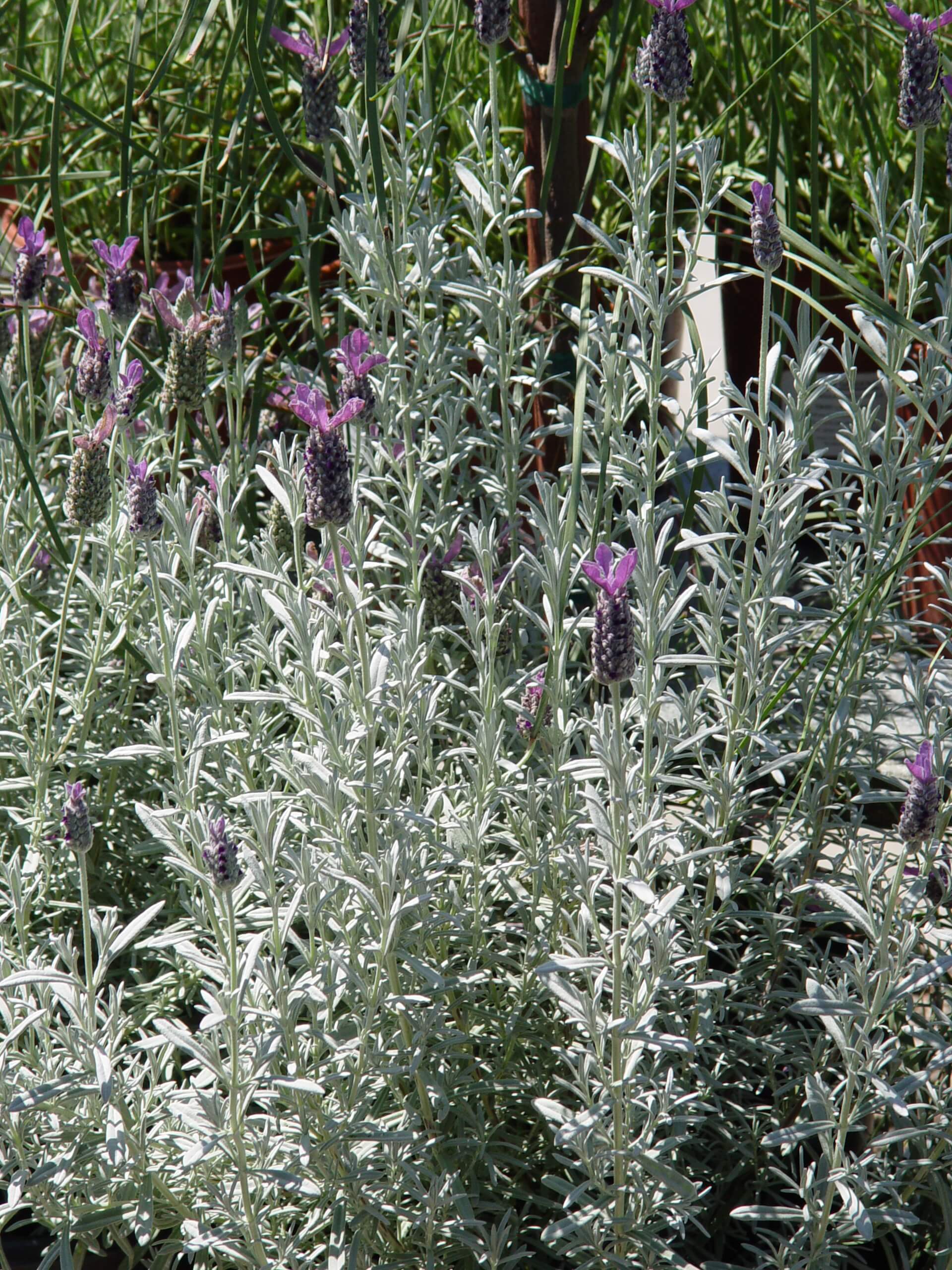
In northern California where rainfall can be very heavy in winter and soils are dense and extremely rich, lavender struggles despite its preference for the climate. Fields now growing commercial lavender are plowed into mounded rows well above grade to enhance drainage and keep the root zone sufficiently aerated.
Amending Soil
Fortunately, the soil is among the things we can change by adding amendments that open its structure. Prepare the natural soil by blending it with pumice and Black Gold Garden Compost Blend. Use this enhanced mix to raise up the soil surface so the crown or base of the stem of the plant is above the surrounding grade. This is also a good way to create soils that are perfect for rocky outcrops and raised beds where lavender thrives.
In San Francisco where conditions are cool and damp, growers prefer to mulch their lavenders with minerals such as washed sand or decorative gravel that help reflect heat back onto the plant. This porous material also creates a dry barrier between damp soil and the plant foliage to discourage mold.
Choosing a Lavender

Before you select a lavender for marginal areas, consult a local expert to find the best species and or variety to match your microclimate and soil conditions. They vary in cold hardiness, size, and color from the cold-tolerant English lavender to a Spanish lavender to fill that super hot spot. And for those romantics who love the notion of true French lavender in the garden, these plants will be the genesis of homemade tinctures, fragrant waters, sachets, potpourri, soap and a wide range of natural herbal cosmetics.
Once you know what to plant, select a sun-filled area and improve the soil for drainage, then plant in spring so there’s plenty of time to adapt your ground before the summer heat and fragrant flowers to come.
Summer Annual Herbs for The South
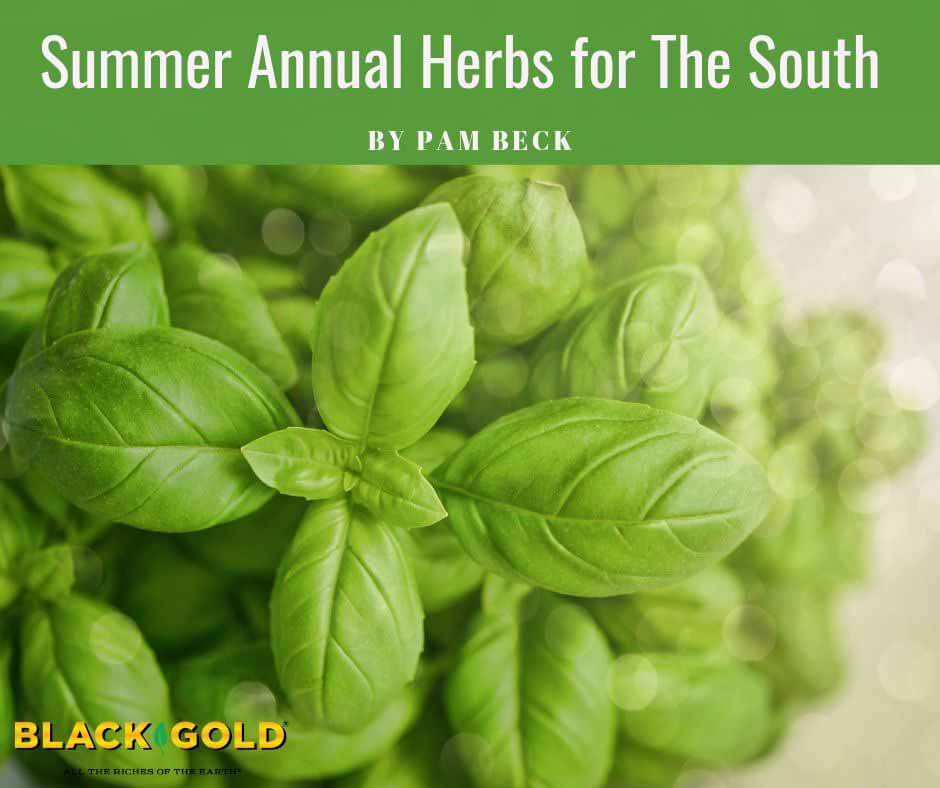
Defining an herb can be so confusing. Botanists say if something is “herbaceous” it is a seed-bearing, non-woody stemmed plant, but this term refers to all non-woody flowering plants. Herbalists, consider plants to be herbs as long as their leaves or stems benefit mankind in some way as medicine, dye, pest deterrents, perfumes, or, for our most popular modern herbs, for flavoring food. (A spice, in contrast, is when a plant’s dried seed, fruit, root, bark, or vegetable is used in comparable applications.)

For the purposes of this article, I am going to limit our list to a few annual culinary herbs that also happen to be herbaceous, and perform well in Southeastern gardens.
How to Grow Herbs
First, let’s discuss how to grow herbs. You could assume that most culinary herbs would grow well in the hottest states on the East Coast because so many of our favorite flavorings are from the balmy Mediterranean. The problem here isn’t the sun and heat, it is the high moisture and humidity, which turns silver-leaved plants to mush and breeds fungus.
To combat this problem, try to give herbs lots of breathing space between plants so that what little breeze may be blowing will help dry them out. A clever gardening practice I learned while volunteering in a historic public herb garden is to mulch closely-branching herbs, such as rosemary and lavender, with coarse gravel or bright white rock to reflect heat and light into the undersides and interiors of the plants. This is a perfect application for either decorative white rock (which is less than ½-inch in size) or washed pea gravel.
 All herbs need excellent drainage. Though that isn’t usually an issue for gardeners with sandy soils, those of us with clay-based sites must raise and amend herb gardens with organic matter to encourage drainage and open up the porosity of the soil for good root development. Black Gold® Garden Compost Blend offers a mixture of peat moss and aged compost to improve soil moisture retention, aeration, and drainage. This top-quality garden amendment is OMRI Listed for organic gardening.
All herbs need excellent drainage. Though that isn’t usually an issue for gardeners with sandy soils, those of us with clay-based sites must raise and amend herb gardens with organic matter to encourage drainage and open up the porosity of the soil for good root development. Black Gold® Garden Compost Blend offers a mixture of peat moss and aged compost to improve soil moisture retention, aeration, and drainage. This top-quality garden amendment is OMRI Listed for organic gardening.
For sandier soils that dry out too quickly, try Black Gold Garden Soil, which enriches the soil with needed organic matter to increase moisture retention and promote aeration and drainage.
Growing Herbs in Containers
Growing herbs in containers may be the best choice for gardeners with limited space or sunlight. I have successfully used Black Gold® Natural & Organic Potting Soil with RESiLIENCE® for my potted herbs and was pleased with the results. I credit the earthworm casting fertilizer for the lush growth, even in summer, when most plants slow down in the heat.
Basil

The first annual summer herb that most gardeners can’t wait to get started is basil (Ocimum basilicum) in all of its many forms from various large-leaved sweet basils to the exotics like African blue, Thai, and Indian holy basil (O. sanctum). Varieties of our favorite herb for spaghetti sauce, pizza, and Caprese salad keep being introduced into the gardening trade, including teeny tiny-leafed globe basil, columnar basil, and this year, I have seen more white variegated ‘Perpetual Pesto’ basil offered at garden centers.
Basil loves it hot. It sprouts quickly from seed started directly in the soil, and is only 6-15 weeks to harvest. Keep picking your basil leaves throughout the summer for the bushiest plants, and be sure to keep the endless supply of basil flowers pinched for the best-tasting leaves.
Borage
Borage is another annual that can be started from seed, even when soil temperatures are up into the ’80s. The signature sky-blue, star-shaped flowers of borage (Borago officinalis) can be sugar-coated, dried, and eaten; but, the young leaves add a hint of cucumber taste to salads. Once the fuzzy leaves mature, they are best cooked. Keep planting them throughout the summer for continuous harvesting.
Cilantro

Southerners may be more familiar with the fresh leaves of cilantro than we are with the nutty seeds of the same plant, which are called coriander (Coriandrum sativum). An ancient plant mentioned in the Bible, this herb has been relished throughout history in cultures across the world.
Though usually planted by seed in the early fall in the Southeast United States, coriander left too long in the garden will scatter seed that will pop up everywhere the next spring. Keep cutting and using this plant when it is fresh, as it bolts easily, then vanishes.
Dill
Nothing perfects a potato salad, deviled egg, or pickle like the addition of dill (Anethum graveolens). Dill’s ferny leaves are fragrant and astringent, so the perfect complement to heavy rich foods and anything made using vinegar. This is a plant to keep seeding into your garden every few weeks. Like cilantro, it bolts quickly in the heat, so be prompt to pick it and replace it.

Epazote
Newer to the culinary scene is epazote (Chenopodium ambrosioides) a wild plant that is essential in Mexican bean dishes, soups, and mole sauce. Once treated as an aggressive weed, gourmet cooks are now searching for its fresh young leaves. Your local Latin market may have some viable seed available, otherwise, check organic seed catalogs.
Nasturtium
We love the colorful flowers of nasturtium (Tropaeolum majus), not forgetting that both the fresh blossoms and its rounded leaves can be peppery additions to salads, and that nasturtium flower buds can be pickled like capers. Plant nasturtium early in the summer in very well-drained, moderate to poor soil for the best flowering. Remember that unlike others in this list, these annual plants don’t thrive as well during our dog days of summer but perform better in fall.
Of course, there are cool-season annual herbs, biennial herbs, and plenty of perennial herbs to cultivate in the Southeast, but I hope that this sampling of summer annual culinary herbs will inspire you to keep planting something special through the hottest days ahead.
Thyme Lawns
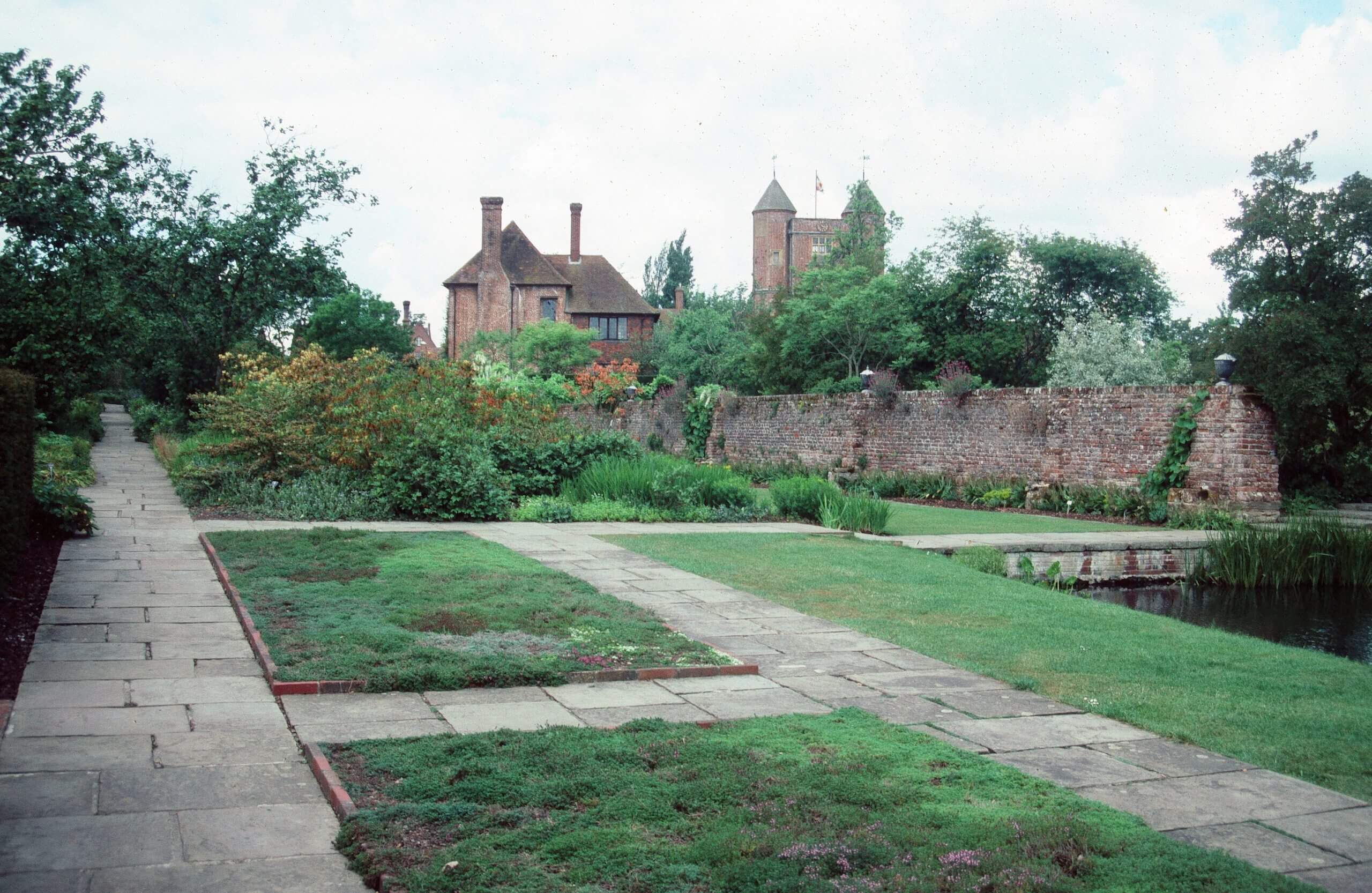
In Queen Elizabeth’s day, everyone had to bathe at least once a year, whether they needed it or not. Clothing was not washed more frequently either. This period, with its voluminous skirts and skintight corsets, made communal living quite odiferous after awhile. The only solution was to cover up the stink with the scent of garden herbs. Continue reading “Thyme Lawns”
A Guide to Edible Flowers
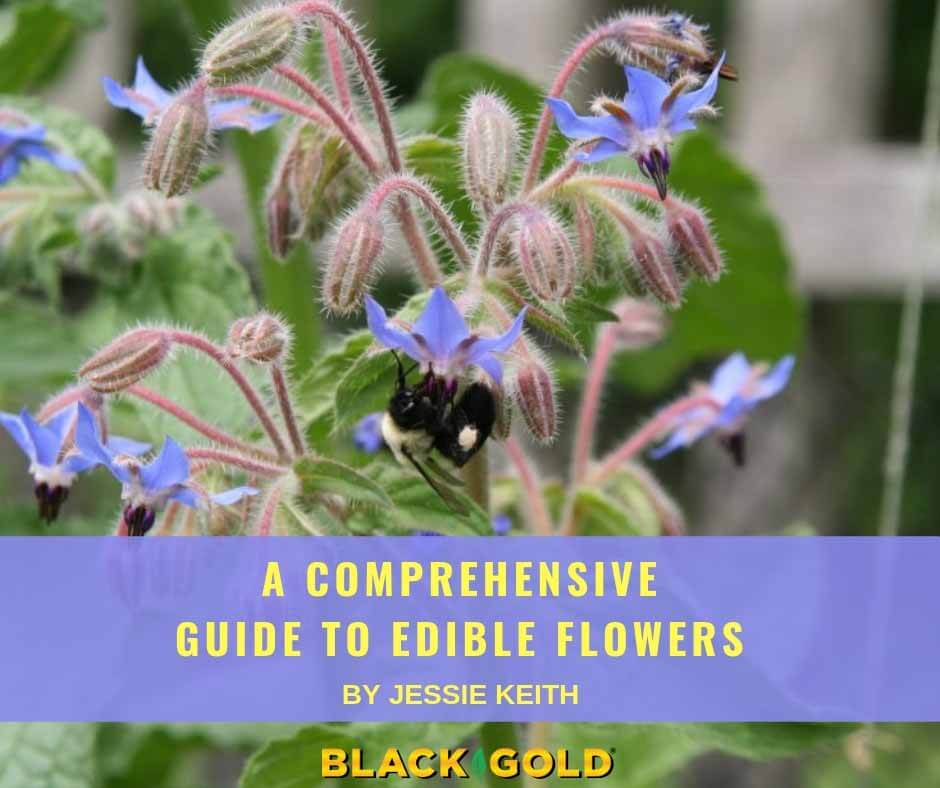
Well-placed culinary blooms are surprisingly delicious and bring unique and elegant beauty to the table. Many edible flowers are common garden plants, which provides even more encouragement for everyday gardeners to add them to everyday recipes. They are not just for chefs and connoisseurs.
Edible flowers fall under two categories: herbal flowers and edible garden flowers. Most garden herbs have edible flowers—though you always want to double check before chowing down on any bloom. Some garden ornamentals also have edible flowers, but only a handful of these are really tasty.
Beware Florist’s Blooms
There are a few caveats to eating edible flowers. First, never eat flowers from a florist because they have often been sprayed with chemicals. In turn, never spray garden flowers you intend to eat. Even pesticides and herbicides approved for organic gardening are a no-no. Flowers are too delicate to wash, so if you want to eat them, let nature tend to them.
Cultivating Edible Flowers
For the cultivation of all the herbs and flowers highlighted in the tables below, provide full sun, average moisture, and quality garden soil with good drainage. The addition of OMRI Listed Black Gold® Garden Compost Blend will improve performance. A granular fertilizer formulated for flowering is also recommended.
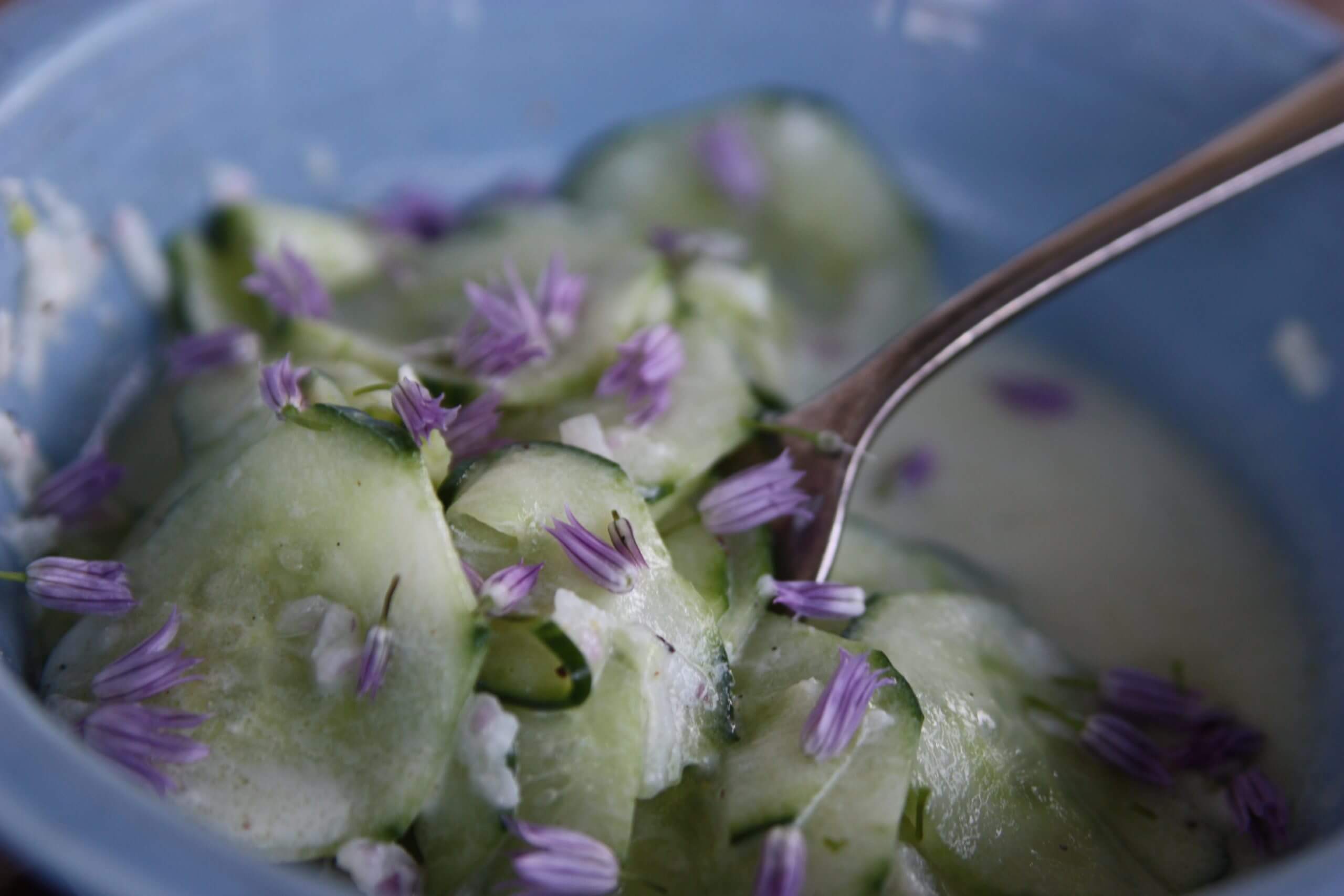
A favorite springtime edible flower recipe is chive flower cucumber salad. It’s very easy to make and will compliment lots of spring meal plans. To make the salad, thinly slice 2 cucumbers (peel them if they are thick-skinned), then make a dressing that combines 2 tablespoons white wine vinegar, 1 teaspoon sugar, 1/3 cup heavy cream, 1 shallot finely minced, 1 tablespoon chopped fresh dill. and salt and pepper to taste. Mix the dressing and cucumbers then toss with 2 to 3 chive flowers that have been trimmed and gently broken apart. The chive flowers lend a delicate oniony flavor to the salad that makes it extra delicious!
Popular Edible Herb Flowers
Popular Edible Garden Flowers
Make Hanging Baskets More Drought Tolerant
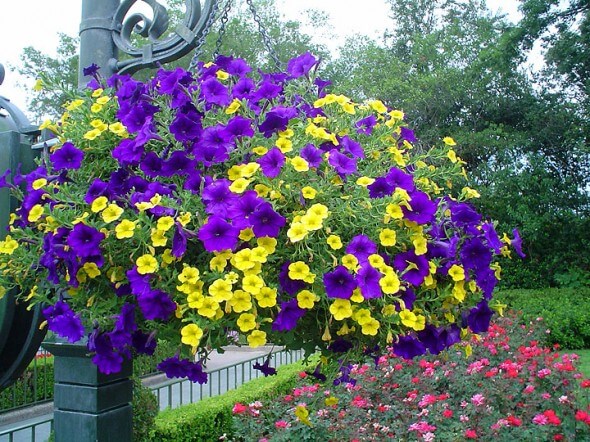
Moss baskets make it next to impossible to over water plants, and that’s why they’re different from any other hanging pot. Each basket is composed of a suspended wire framework lined with fibrous material and filled with potting soil. The reason for fiber lining is to allow optimal drainage throughout the whole container, not just where there are drain holes. It also allows you to water daily without guilt, so the soil remains evenly moist without the risk of saturation.
Hanging Basket Liners
Hanging baskets have changed in the last few years. Many are available with coarse Sphagnum moss that is permeable and holds water. Planting through the sides is now standard, making every basket a potential living ball of flowers. These baskets are now standard fare for growers of fuchsias, hanging ferns and begonias.
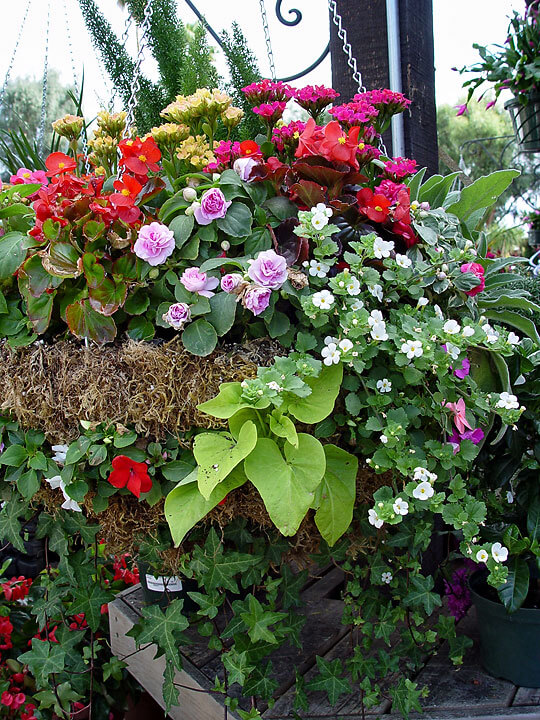
Baskets pre-lined with coco fiber are also popular and eliminate the time-consuming process of manually lining baskets with coarse, wet Sphagnum moss. This coco fiber is thinner and just as porous, but there’s a down side. The potting soil inside will often dry out more quickly. The dehydration rate increases exponentially in arid climates, particularly during windy or hot weather.
To create baskets that are more weather resilient, select containers at least 14 inches in diameter. This creates a soil mass that is large enough to support a more expansive root zone of long-lived plants, and it reduces moisture loss through the coco fiber. The next step is to select the right potting soil for your local climate.
Hanging Basket Potting Mix
Black Gold Waterhold Cocoblend Potting Soil is ideal for hanging baskets in dry climates. It is formulated for increased water holding ability without compromising drainage. To do so it contains coir, a byproduct of the coconut processing industry that is highly absorptive and able to retain moisture better than ordinary potting soils. It’s OMRI Listed too, so you can use it for organically grown edible flowers, vegetables and herbs.
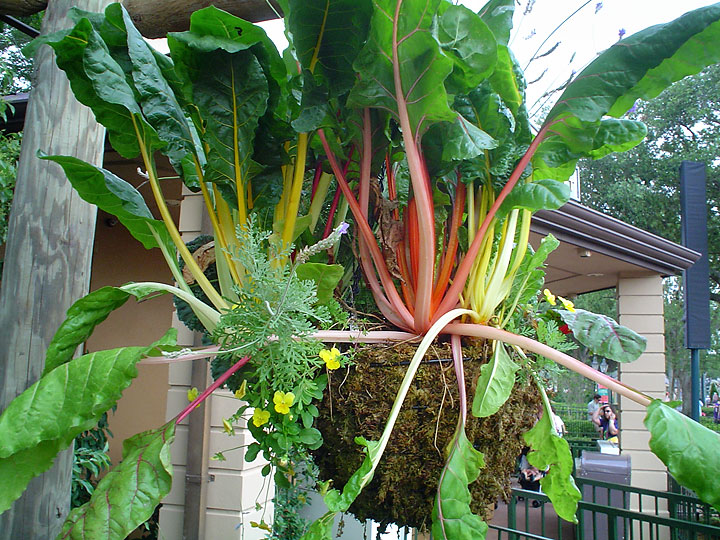
What really makes coir desirable is the speed at which it absorbs water. While dry peat can be a little slow on the uptake, coir literally sucks up every drop you apply. In a hanging basket this means less immediate drainage and more water holding capacity over time. When the dry winds of summer kick in, baskets with this coir blend soil will fare far better.
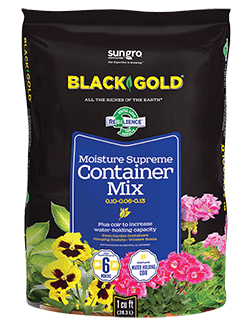 For those who live in humid, rainy summer climates, over-saturation can be a problem after daily rain or heavy downpours. Potting soil can become super saturated, which limits oxygen availability to the roots until conditions dry out. Black Gold® Moisture Supreme Container Mix was designed for solving this very problem by maximizing oxygenation of the root zone. When you use this blend in your hanging baskets, you are less likely to see fungal diseases and rotting that can occur despite the porosity of the basket liner.
For those who live in humid, rainy summer climates, over-saturation can be a problem after daily rain or heavy downpours. Potting soil can become super saturated, which limits oxygen availability to the roots until conditions dry out. Black Gold® Moisture Supreme Container Mix was designed for solving this very problem by maximizing oxygenation of the root zone. When you use this blend in your hanging baskets, you are less likely to see fungal diseases and rotting that can occur despite the porosity of the basket liner.
Make this year’s new baskets with Black Gold potting soils formulated for your climatic challenges. Then replace the potting soil in your older baskets to eliminate over-compaction. Once you discover how a climatically formulated potting soil improves your hanging baskets, you’ll never settle for anything else.
How to Grow Edible Herbs

Herb gardening is undeniably a great way for a beginning gardener to enjoy success while reaping delicious culinary benefits.
All of the five senses are fully engaged when growing edible herbs. There is a serene beauty of a garden composed mostly of evergreen and silver-grey herbs. Herb gardeners are treated to a daily miniature cantata as visiting bees contentedly work their pollination magic among the flowers. The tantalizing fragrance exudes from sun-warmed culinary herbs and is absolutely intoxicating. This is also the perfect lure to prompt a passerby to brush their fingertips across the soft foliage, tear a nearby leaf to greedily sniff, then gratifyingly sample.
Growing Herbs
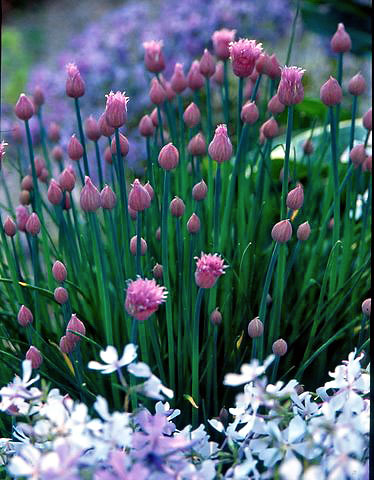
Surprisingly, edible herbs are really easy to grow. Provide them with a few simple essentials, and they will reward you with both vigorous growth and flavor.
First, be sure to site your potential herb garden where it will receive six hours or more of full, direct sunlight. When you remember that the majority of our culinary herbs were native to sunny Mediterranean regions, you appreciate how well they thrive in heat and light.
The second most important element to successful herb gardening is excellent soil drainage. Herbs hate wet feet, so there are a couple of ways to approach this challenge.
One is to prepare an herb bed by incorporating a porous soil amendment to increase good tilth. Black Gold Garden Soil has the perfect balance of peat moss, bark, and perlite to lighten and lift heavy garden soils. If your future herb bed is in pretty good shape, try adding Black Gold Garden Compost Blend to improve your soil’s structure and tilth. It can also be added to the soil surface a beneficial mulch.
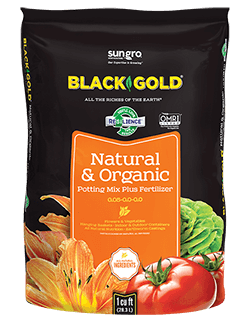 Since good drainage can make or break an herb garden, many gardeners choose to create raised herb beds with stones, natural wood, or other non-toxic borders. Containers are also great for herb growing. Fill containers and raised beds for herbs with Black Gold Natural & Organic Potting Soil. This specially-blended organic mix is safe for all edibles, uses worm castings as fertilizer, and won’t pack down with time, so excellent drainage is assured.
Since good drainage can make or break an herb garden, many gardeners choose to create raised herb beds with stones, natural wood, or other non-toxic borders. Containers are also great for herb growing. Fill containers and raised beds for herbs with Black Gold Natural & Organic Potting Soil. This specially-blended organic mix is safe for all edibles, uses worm castings as fertilizer, and won’t pack down with time, so excellent drainage is assured.
After preparing your herb bed or container, the choice of what herbs to grow is completely up to you and your cooking preferences. Here are a few of the easiest.
Choosing Herbs

The most familiar herbs, and the ones that were also popularized by Simon and Garfunkel, are parsley, sage, rosemary, and thyme. These work well together in a garden due to their complimentary leaf shapes, colors, and textures. Of the four, only parsley would have to be replanted each year as the others are perennial herbs which you should enjoy for years.
Basil is a favorite for pesto and Italian cooking, but is a warm-season annual herb, so wait to sow it into your garden until after all chance of frost has passed. (Click here for a great video about growing basil in containers!)
Cilantro is another annual herb that grows best in cool weather. It’s aromatic leaves are favored for salsa making and its crushed seeds are the spice, coriander.
Peppermint, spearmint, and pineapple mint spread rapidly and can be extremely cantankerous to remove, so consider growing them in large, isolated containers. But, be cautious! Even container-grown mints may sneak out of the bottom of pots or leap over the sides in an attempt to take over your garden.
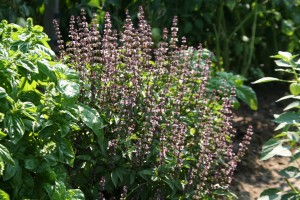
Oregano is another aromatic member of the mint family that will spread and take over if given a chance. Once again, consider growing this favorite Italian and Greek herb in a contained situation.
Lavender is one of the prettiest herbs for the garden–offering fragrant culinary leaves and colorful summer flowers that are also useful in cookery, potpourris, and sachets. The shrubby perennials can tolerate drought and attract many pollinators when in bloom.
The flavor and fragrance of herbs connect us deeply to memories of traditional family gatherings from holidays past and inspire future recipes. Since the variety of herbs you can grow is endless, your greatest challenge will be to decide where to place even more herb beds and containers.
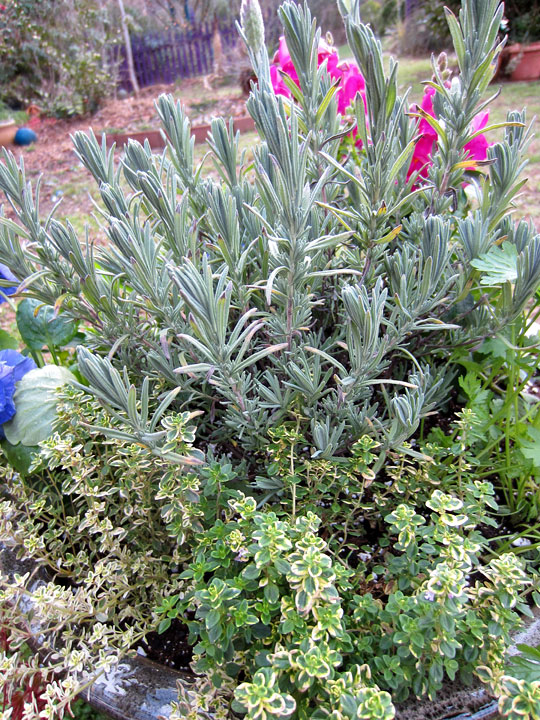
Pot Up Garden Plants for Winter Joy
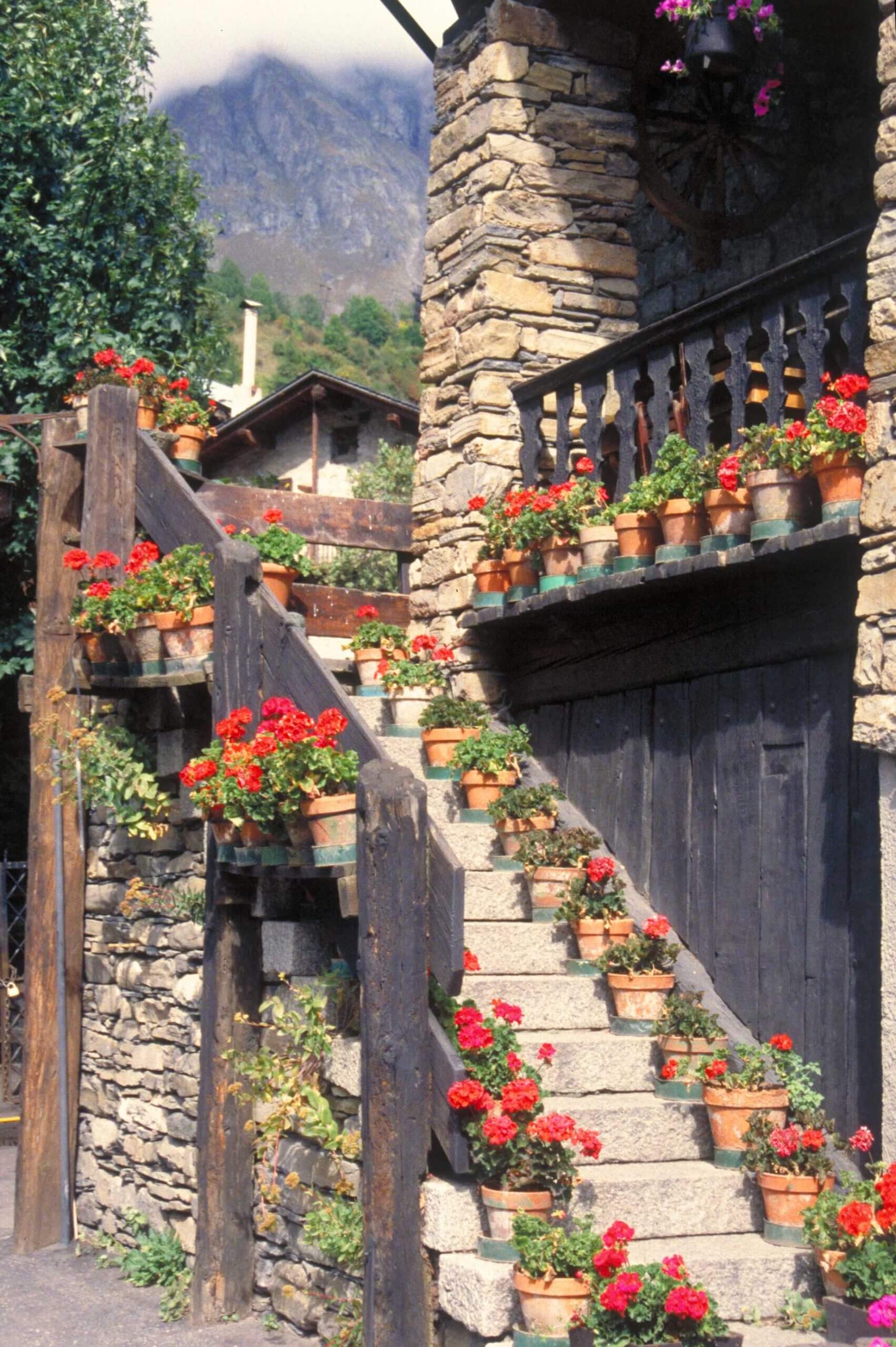
Autumn brings an end to the summer garden, but you need not say good-bye to everything you planted this year. It’s an age-old practice to pot garden plants of certain varieties to bring indoors where they live on for months, and some may even survive the winter to grow for another year.
Zonal geraniums are favorite garden variety Pelargoniums that grandmother traditionally dug from the soil, potted up into red clay, and set upon the window sill. These will remain evergreen, which is all you need to enjoy the exotic brightly colored foliage of fancy-leaved types. The ability to winter-over geraniums this way makes them a better buy than one season annuals that die with the frost. This is also a great time to take cuttings to make more of your favorite colored leaves and flowers for next year’s garden.
The trendiest group of plants today are succulents. There are some such as sedum that are cold hardy, but the popular ones are frost tender species from southern Africa. The big showy varieties are expensive and too often thrown away after they bolt to flower at the end of the season. Bolting spoils their beautiful shape, but it doesn’t mean the plant will die afterwards. They are in fact long lived if protected from frost.
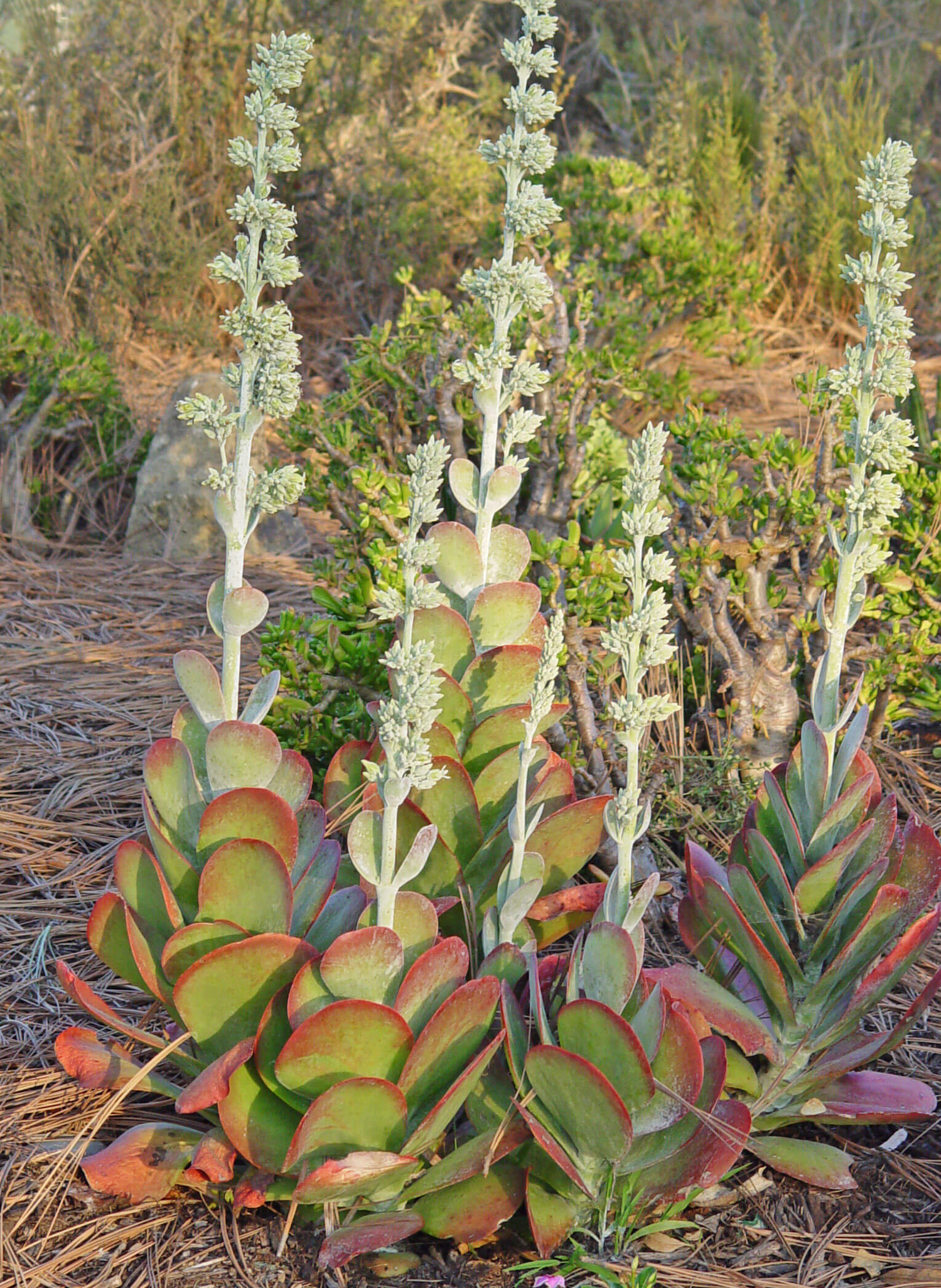
The most outstanding of the tender Kalanchoes are flapjacks with their pancake-sized leaves that make them prized plants. Ditto the larger Echeverias. Now is time to cut off the spent flower spike and repot the base in super-porous Black Gold Cactus Mix. Over the winter months it will produce many offsets that you can pluck and plant come spring to expand your succulent garden next year. Recently, spider plants have become very popular outdoors due to their vivid leaf color and long, dangling stems. Gardeners often cut the danglers and plant them into shaded garden soil after the last frost where they root over the summer. In fall, dig these up and plant into pots so they flourish on a warm windowsill until spring returns.
For all ornamentals, use Black Gold All Purpose Potting Soil which contains slow release fertilizer that ensures there is sufficient fertility for winter growth. This is ideal for zonal geraniums and spider plants as well as tropicals and tender perennials.
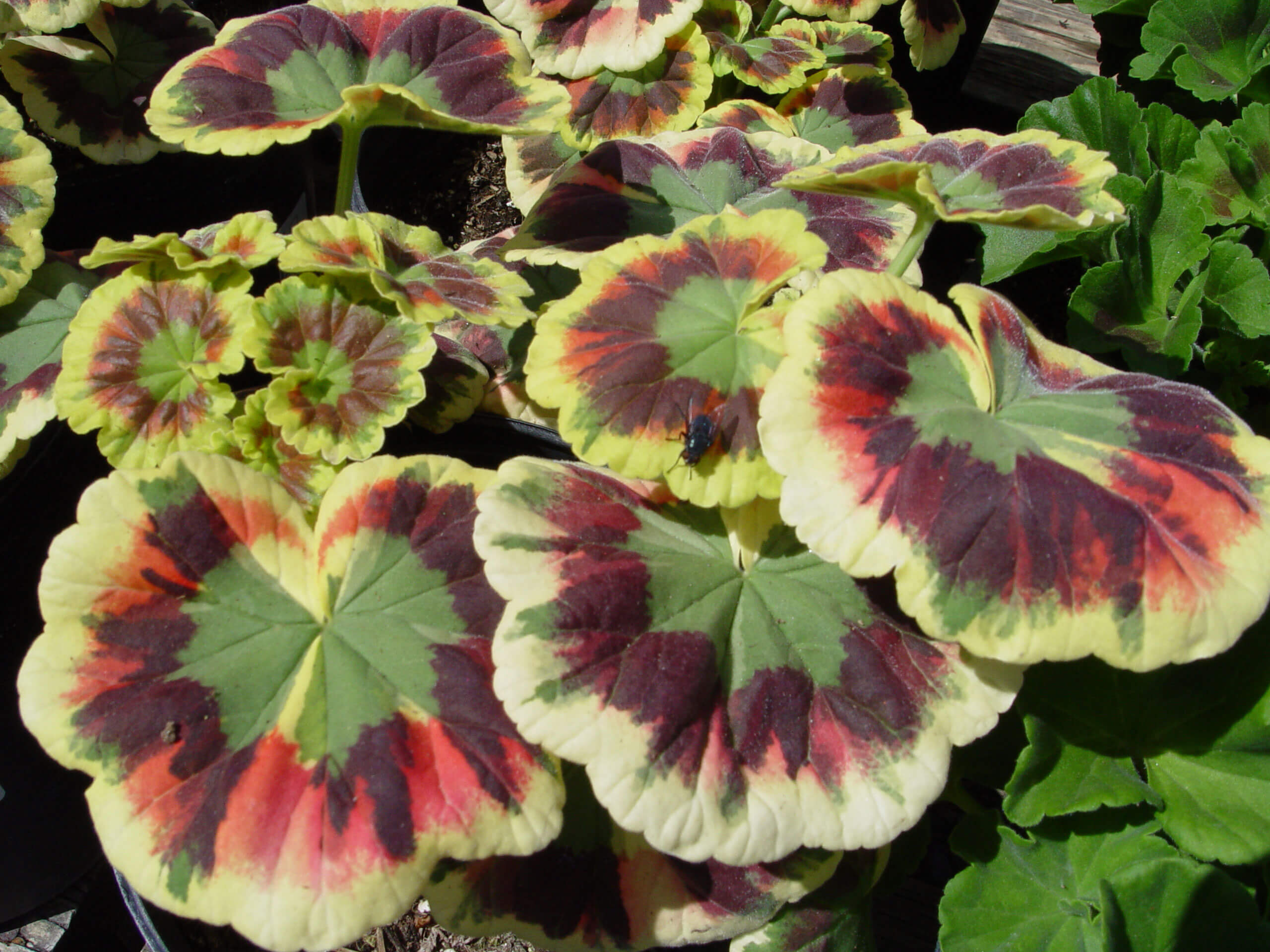
Food plants and herbs from your organic garden may be potted in Black Gold Natural & Organic Potting Soil. Because we use only the leaves of herbs, keep them alive over winter to retain their foliage for fresh seasoning. For example, dig a chunk of oregano before the plant is burned back by frost, then pot it up and bring indoors to season your Italian dishes all winter long. The same applies to mints and thyme. Just be sure the plants you bring inside are free of any pests or diseases that may otherwise spread to your healthy plants.
Even though frost may spell the end of your outdoor garden, it is the beginning of your indoor one. Load up on fresh potting soil before garden centers store their supplies. Set a small table against a south facing window where the plants receive the most sunlight. Transplant, repot and start your offsets in this controlled environment. They’ll become a living link to the beauty and fragrance of your summer garden on those dark days when the ground is frozen and the snow flies.


